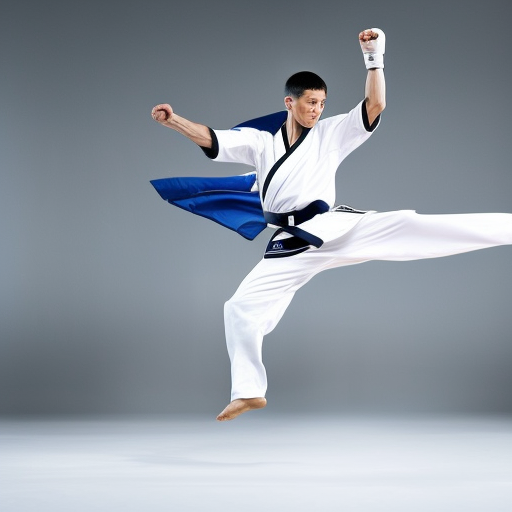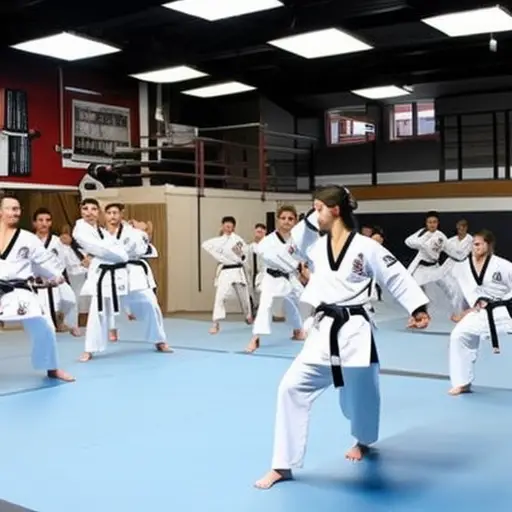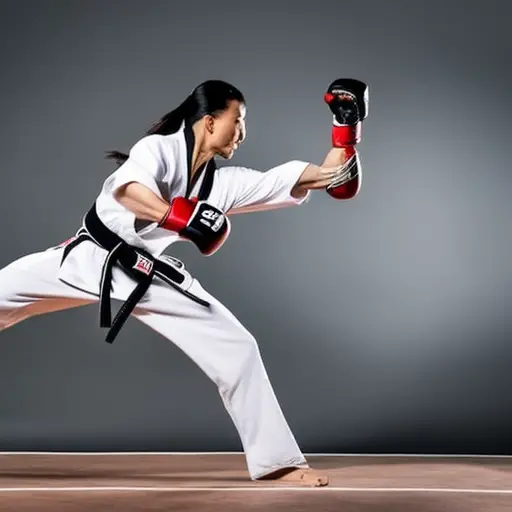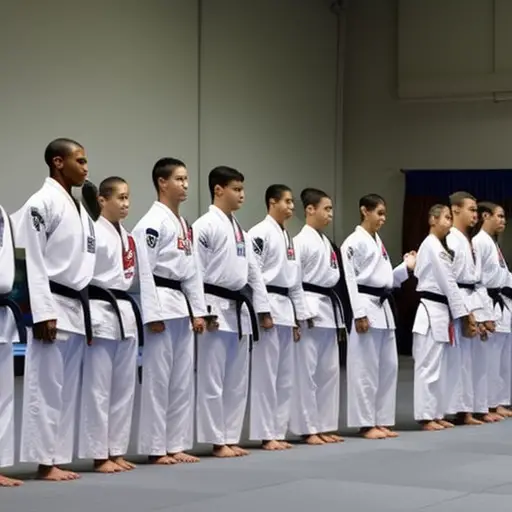The Importance of Stances in Taekwondo
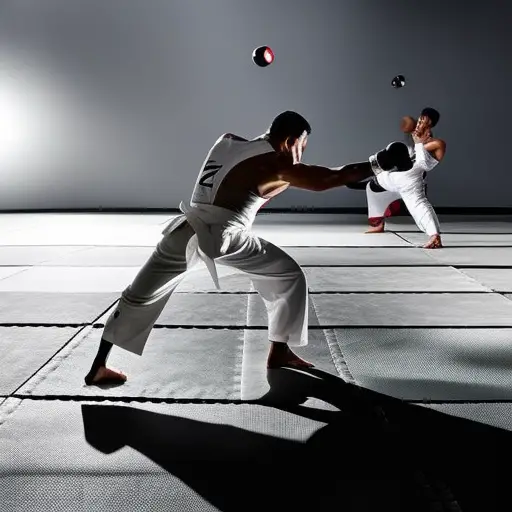
In the art of Taekwondo, mastering the correct stances is crucial for achieving success. The importance of stances cannot be understated, as they serve as the foundation upon which all techniques are built.
From enhancing power and precision to maintaining balance and control, stances play a vital role in every aspect of Taekwondo.
In this article, we will delve into the significance of stances in this martial art, exploring their impact on technique and the art of effective striking.
The Fundamentals of Stances in Taekwondo
One of the key aspects in mastering Taekwondo is understanding the various fundamental stances used in this martial art. Stances are the foundation of every technique and play a crucial role in maintaining balance, power, and stability during training and combat. In Taekwondo, there are several stance variations that practitioners must familiarize themselves with in order to execute techniques effectively and efficiently.
Exploring different types of stances in Taekwondo is essential for practitioners to develop a well-rounded skill set. Some common stances include the parallel stance, front stance, back stance, and horse riding stance. Each stance has its own purpose and application, whether it is for defense, offense, or transitioning between movements. By practicing and perfecting these stances, practitioners can enhance their overall technique and execution.
Another important aspect of stances in Taekwondo is correcting common stance mistakes. Proper alignment and positioning of the body can make a significant difference in technique execution and power generation. Common mistakes include incorrect foot placement, improper weight distribution, and misalignment of the hips and shoulders. By addressing and correcting these mistakes, practitioners can improve their technique, prevent injuries, and maximize the effectiveness of their movements.
Building a Strong Foundation: The Role of Stances in Taekwondo
Throughout the training journey in Taekwondo, the role of stances is paramount in building a strong foundation for practitioners. Stances form the basis of all movements and techniques in Taekwondo, providing stability, balance, and power. By mastering the various stances, practitioners can improve their agility and develop core strength, which are essential for executing kicks, strikes, and blocks effectively.
One of the key benefits of stances in Taekwondo is the improvement of agility. Agility refers to the ability to change direction quickly and efficiently, which is crucial in sparring and self-defense situations. By practicing stances that require rapid transitions and changes in direction, Taekwondo practitioners can enhance their agility, enabling them to react swiftly to their opponent’s movements.
Stances also play a significant role in developing core strength. The core muscles, including the abdominal, back, and pelvic muscles, are essential for generating power and maintaining balance and stability during Taekwondo techniques. By performing stances that engage the core muscles, practitioners can strengthen and condition these muscles, enhancing their overall physical performance.
To provide a visual representation of the different stances in Taekwondo, refer to the table below:
| Stance | Korean Name | Description |
|---|---|---|
| Front Stance | Ap Seogi | A long and narrow stance with the majority of weight on the front leg. |
| Back Stance | Dwitbal Seogi | A long and narrow stance with the majority of weight on the back leg. |
| Horse Stance | Juchum Seogi | A wide and low stance with equal weight distribution on both legs. |
Enhancing Power and Precision: How Stances Impact Taekwondo Techniques
By providing a solid foundation and optimizing body mechanics, stances in Taekwondo significantly enhance the power and precision of techniques. Stance variations in Taekwondo play a crucial role in generating power and executing techniques with precision.
Here are two sub-lists that illustrate the impact of stances on power and precision:
-
Stance Variations:
- Front Stance: This stance, also known as the ‘ap kubi,’ is characterized by a long, narrow stance with the majority of the weight on the back leg. It provides a stable base for generating powerful strikes and kicks.
- Back Stance: The ‘dwi kubi’ stance involves a shorter, wider stance with the weight distributed evenly between both legs. It allows for quick and agile movements, enhancing speed and precision in techniques.
-
Footwork Techniques:
- Sliding Step: This technique involves smoothly transferring weight from one foot to the other in a controlled manner. It enables practitioners to swiftly change positions and maintain balance during complex combinations.
- Lateral Step: By stepping sideways, practitioners can create angles and evade attacks while maintaining a solid base. This footwork technique enhances precision and allows for effective counterattacks.
Mastering Balance and Control: The Importance of Stances in Taekwondo
The mastery of proper balance and control in Taekwondo is essential for executing techniques with precision and efficiency. In order to achieve stability, practitioners must focus on mastering their stances. Stances serve as the foundation for all movements and techniques in Taekwondo, providing a solid base from which to generate power and maintain control.
There are various stances in Taekwondo, each designed to serve a specific purpose. The most basic stances include the parallel stance, the walking stance, and the forward stance. These stances require the practitioner to distribute their weight evenly, ensuring a balanced and stable position.
Mastering balance is crucial in Taekwondo as it enables practitioners to maintain control over their body movements. By developing strong balance, practitioners can effectively transfer their body weight, allowing for fluid and controlled execution of strikes, kicks, and blocks.
Additionally, achieving stability through proper stances enhances the practitioner’s ability to generate power. A stable base allows for the efficient transfer of energy from the lower body to the upper body, resulting in more powerful strikes and kicks.
In the next section, we will explore the art of effective striking and how stances are utilized to optimize technique execution and power generation in Taekwondo.
The Art of Effective Striking: Utilizing Stances in Taekwondo
To achieve maximum impact and effectiveness in strikes, it is important to utilize proper stances in Taekwondo. Stances serve as the foundation for generating power and stability in each strike. By utilizing footwork and adopting the correct stance, practitioners can enhance their ability to execute effective kicking techniques.
Here are two key aspects to consider:
-
Utilizing Footwork: Footwork plays a vital role in setting up strikes and creating opportunities for effective kicks. By maintaining proper weight distribution and balance, practitioners can transition smoothly between stances, enabling them to generate power from their lower body and deliver swift, accurate kicks. Effective footwork allows for dynamic movement, enabling practitioners to close the distance quickly or create space to initiate powerful kicks.
-
Effective Kicking Techniques: Stances in Taekwondo provide a solid base for executing various kicking techniques. Whether it’s the front kick, roundhouse kick, or side kick, each technique requires a specific stance to optimize power and accuracy. By understanding the mechanics of each kick and aligning the body correctly, practitioners can generate maximum force and precision. Through consistent practice and attention to detail, the mastery of stances contributes to the development of devastating kicking techniques.
Frequently Asked Questions
What Are the Different Types of Stances in Taekwondo?
There are several different types of stances in taekwondo, each with its own purpose and proper alignment. These stances provide stability, balance, and power for executing techniques effectively and efficiently.
How Long Does It Take to Perfect the Different Stances in Taekwondo?
The time it takes to perfect the different stances in Taekwondo varies based on an individual’s training progressions and dedication. However, it is crucial to prioritize proper form as it ensures effective technique execution and prevents injuries.
Can Practicing Stances in Taekwondo Improve Flexibility?
Practicing stances in taekwondo can indeed improve flexibility. By consistently training in various stances, practitioners can enhance their range of motion and develop increased flexibility in their lower body, contributing to overall physical performance.
Are There Any Specific Stances That Are More Beneficial for Self-Defense Techniques?
The most effective stances for self-defense techniques in Taekwondo vary depending on the situation. However, stances play a crucial role in improving overall technique and power. Precise and authoritative stances are essential for executing powerful strikes and maintaining balance.
Can Incorrect Stances in Taekwondo Increase the Risk of Injury?
Incorrect stances in Taekwondo can significantly increase the risk of injury. Proper stances are crucial for maintaining balance, generating power, and executing techniques effectively. Failing to align the body correctly can lead to strain, falls, and other potential injuries.
Conclusion
In conclusion, stances play a crucial role in the practice of Taekwondo. They serve as the foundation for executing powerful and precise techniques, while also promoting balance and control. By mastering the art of effective striking through the utilization of stances, practitioners can enhance their overall performance in this martial art.
As a testament to their significance, it is estimated that approximately 80% of Taekwondo techniques rely on the proper use of stances. Thus, emphasizing the importance of stances in achieving success in Taekwondo.


